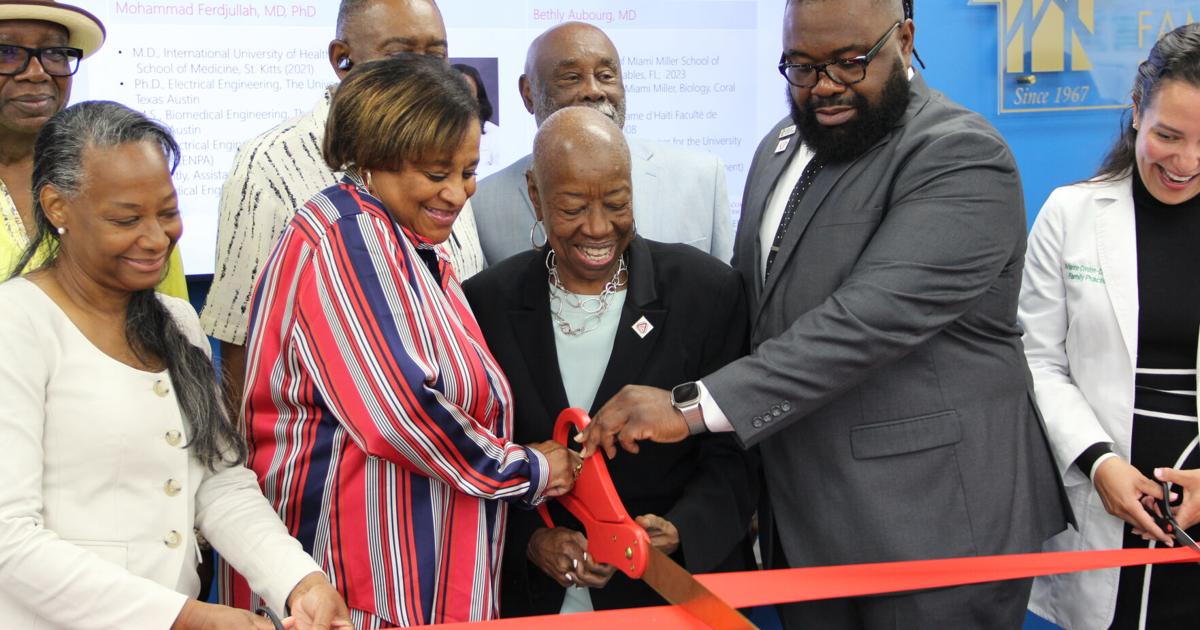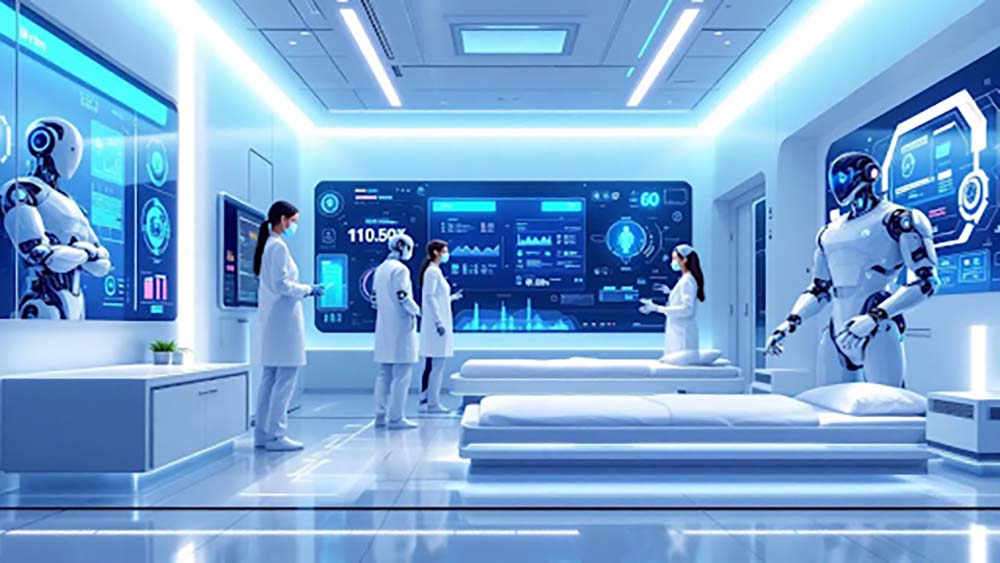
Training in community health centers significantly increases the likelihood that physicians will go on to work in underserved communities, said Chief Medical Officer Dr. Joycelyn Lawrence. This assertion is backed by data and experience, highlighting the essential role that such training programs play in addressing medical disparities across the United States.
Community health centers (CHCs) serve a critical function, providing access to primary care for millions of Americans, especially those in rural or economically disadvantaged urban areas. When medical residents are placed in these centers during their education, they gain firsthand experience dealing with underserved populations, learning to navigate the challenges and develop empathy and commitment to equitable care delivery.
Dr. Lawrence emphasized that this type of training fosters a deep understanding of the social determinants of health and the holistic needs of patients in marginalized communities. “When medical professionals are trained in the heart of the communities they serve, they become more likely to return and build careers there,” she explained.
The retention of healthcare workers in underserved areas remains a critical concern in public health policy. With ongoing shortages of primary care providers in many regions, programs that increase the pipeline of physicians committed to these communities are seen as vital infrastructure. Training in CHCs not only meets the educational needs of students but also directly supports the health system by reinforcing care delivery in locations that need it most.
Health experts and policymakers suggest that expanding residency placements in community-based settings is crucial to sustaining and growing a healthcare workforce committed to serving all populations, regardless of socioeconomic status. As the nation grapples with healthcare inequalities, community health center training emerges as a practical and impactful strategy to promote lasting change.
Source: https:// – Courtesy of the original publisher.








